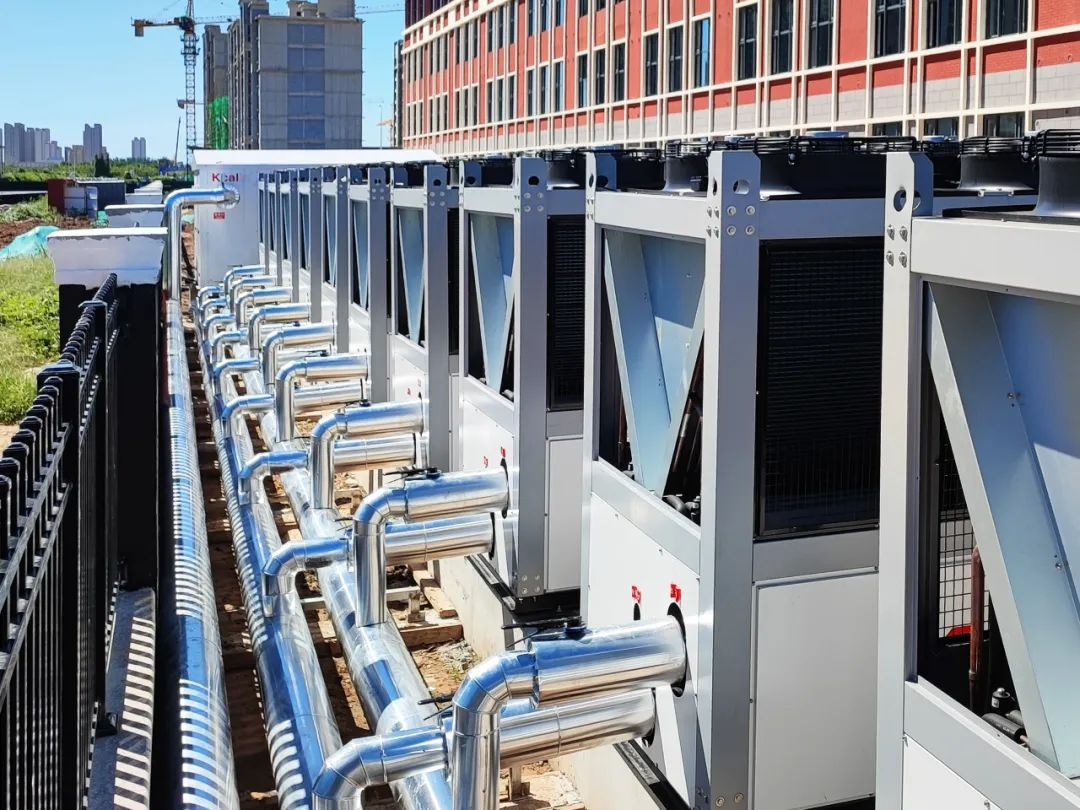School is the temple of knowledge and the cradle of students' growth. In order to ensure that students can study in a warm and comfortable environment during winter, the selection and operation of heating system equipment in schools are crucial. The school heating system is designed to provide suitable indoor temperature for teachers and students in the cold winter. A stable and efficient heating system is crucial for the normal operation of schools and the learning and living of students in harsh climate conditions.
Equipment selection for school heating systems
Boiler system: One of the traditional heating methods is to use a boiler system. Boilers can utilize various energy sources, such as coal, natural gas, or oil, to generate hot water or steam, which is then transmitted through pipelines to classrooms and office areas. The boiler system has the advantages of simple operation, stability and reliability, but there are also certain energy waste and environmental pollution problems.
Air source heat pump system: In recent years, with the deepening of environmental protection concepts, air source heat pump systems have gradually become a new choice for school heating. This system absorbs heat energy from the external air, compresses and heats it up before releasing it indoors, achieving heating effects. Compared to traditional boiler systems, air source heat pump systems do not require fuel combustion, reduce carbon emissions, and are more in line with the concept of green environmental protection.

Ground source heat pump system: The ground source heat pump system utilizes the relatively stable temperature in the underground soil for energy exchange, achieving indoor heating. This system has stable and efficient characteristics, especially suitable for large school buildings. However, the initial investment for ground source heat pump systems is relatively high and economic feasibility needs to be fully considered.
Working principle of key equipment
The working principle of the boiler system: In the boiler system, the boiler generates heat energy by burning fuel, heating water, or generating steam. Hot water or steam is transported through pipelines to classrooms and office areas, releasing heat and providing indoor warmth.
The working principle of an air source heat pump system: The air source heat pump system absorbs heat energy from the external air and releases it indoors after being compressed and heated. During this process, combustion is not involved, reducing energy waste and environmental pollution, and providing a more environmentally friendly heating method.
The working principle of ground source heat pump system: The ground source heat pump system utilizes the relatively stable temperature in the underground soil to extract heat energy indoors through circulation. Ground source heat pump systems have the characteristics of high efficiency and stability, and are suitable for long-term stable heating situations.
Factors to consider in equipment selection
Energy cost: When selecting equipment, schools need to comprehensively consider energy cost. Air source heat pump and ground source heat pump systems usually have higher energy utilization efficiency and can reduce energy costs in long-term operation.
Environmental friendliness: Choosing a green and environmentally friendly heating system is an important direction for modern school construction. The air source heat pump system reduces carbon emissions by not involving combustion, which meets environmental protection requirements.
Equipment reliability: The reliability of the equipment is directly related to the stable operation of the school heating system. For large schools, it is necessary to choose equipment with high reliability to ensure normal heating during winter.
In the future, school heating system equipment will pay more attention to green environmental protection, intelligence, energy conservation and emission reduction. With the continuous development of new energy technology, more innovative heating systems will emerge, providing more choices for schools to create a more pleasant learning environment.
By carefully selecting the heating system equipment of the school, the school can provide a warm and comfortable learning environment for teachers and students in the cold winter. Both traditional boiler systems and modern air source heat pump systems need to be scientifically and reasonably selected based on the specific situation of the school, in order to achieve optimization of heating efficiency and rational utilization of energy. I hope that through the continuous upgrading and innovation of these devices, students can feel warmth and care in the cold winter, and better engage in learning.







Comment